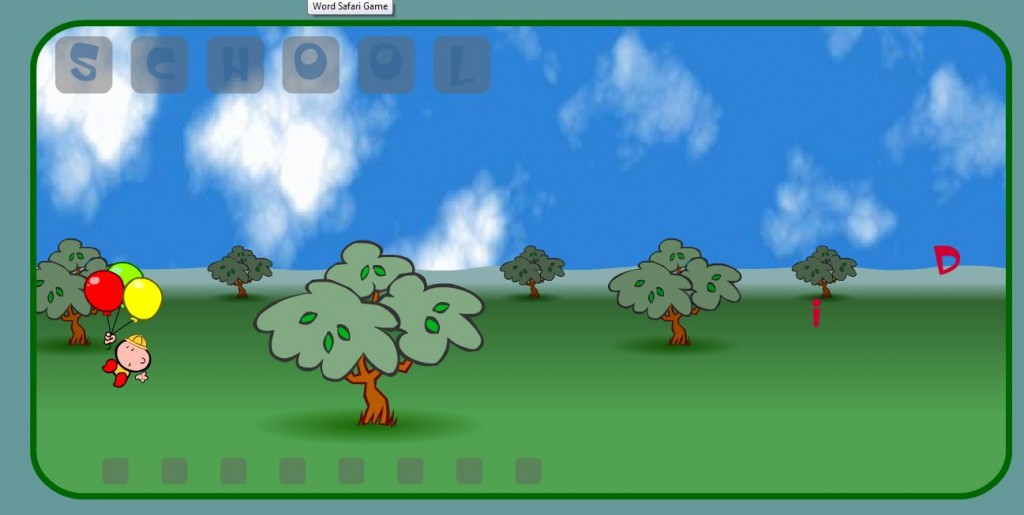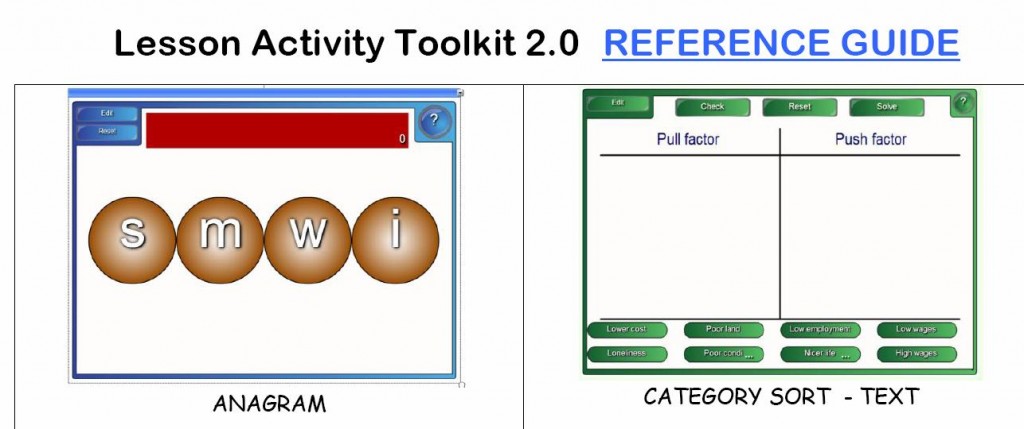Word Safari Spelling Game
Word Safari is a spelling game that has been developed by the website Room 108. Room 108 is a site for Primary school students and includes games, stories and teacher resources.
The great thing about Word Safari is that you can enter your own words, so it can be played with any spelling list and any grade level. Unlike some of the other sites that allow you to enter words, Word Safari creates an actual game, as opposed to an activity like a find-a-word or hangman.
The aim is to move the little boy up and down, clicking on the letters you need to create your word. Click the wrong letter and you get a cross, when all the crosses are filled the game is over. Also, if you hit a bird or other animal, one of your balloons pops. Pop all your balloons and the game is over.
I have used this game with students aged 6-12, and they all love it. Great for early finishers during a spelling lesson, as an online homework task, as a group task during literacy groups.
















